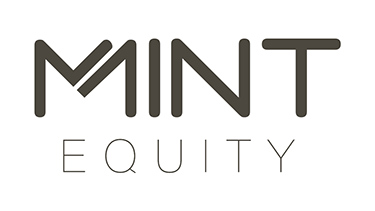Breaking news
This week has seen interest rates increases across both major and 2nd tier lenders and now The Australian Prudential Regulation Authority (APRA) is initiating additional supervisory measures on interest only residential mortgage lending to firm up residential mortgage lending practices in an environment of heightened risks.
Since December 2014, APRA, has closely monitored residential mortgage lending trends, property prices as well as the household sector more broadly.
Over the last 12 months, APRA have introduced a number of new regulations, including the 10% cap on the increase of new investment loans by lenders, the tightening of foreign investment and changes to home loan serviceability.
The recent increased scrutiny has been in response to a heightened risk environment, reflected in high housing prices, high and rising household indebtedness, subdued household income growth, historically low interest rates, and strong competitive pressures.
Interest only lending capped at 30% of new residential mortgage lending
APRA has written to all lending institutions advising them to:
- limit the flow of new interest-only lending to 30% of total new residential mortgage lending, and within that:
- place strict internal limits on the volume of interest-only lending at loan-to-value ratios (LVRs) above 80%; and
- ensure there is strong scrutiny and justification of any instances of interest-only lending at an LVR above 90%;
- manage lending to investors in such a manner so as to comfortably remain below the previously advised benchmark of 10% growth;
- review and ensure that serviceability metrics, including interest rate and net income buffers, are set at appropriate levels for current conditions; and
- continue to restrain lending growth in higher risk segments of the portfolio (e.g. high loan-to-income loans, high LVR loans, and loans for very long terms).
How lending restrictions will affect borrowers
When lenders have a limit to how many interest-only loans they can provide, it means when they get close to their limit, they will stop accepting new applications. That means options for borrowers wanting interest-only residential loans may now reduce.
By increasing scrutiny and justification of any interest-only lending, lenders will revise their serviceability calculations and tighten them to meet the APRA requirements. Essentially making it harder for the borrower to secure the loan. Focus will be on the deposit saved for the property and the LVR (loan to value ratio) and also the income available to repay the loan.
Interest-only loans are already over the limit
Current lending on interest-only terms represents nearly 40% of the stock of residential mortgage lending across all institutions. This means some lenders will immediately need to stop offering interest-only mortgages as they will need to meet the 30% limit.
For lenders currently above this benchmark, APRA will work with them to bring the share of interest-only lending down as quickly as possible. And lenders with levels of interest-only lending below this benchmark are expected to remain below it and not increase the share of new interest-only loans materially from current levels.
More changes to come
Risk profiles
APRA also continues to monitor the prevalence of higher risk mortgage lending more generally, including lending at high loan-to-income ratios, lending at a high loan-to-valuation ratios, and lending at very long terms or with long interest only periods (e.g. beyond 5 years).
Serviceability
Over the last two years, many lenders have made improvements in their methodology for assessing a borrower’s ability to service a loan. At this point in time, APRA does not intend to set out minimum quantitative expectations for net income buffers. However, APRA will be monitoring closely the trend in lending to borrowers with a relatively small monthly net income surplus (e.g. less than $200 per month).
APRA will continue to observe conditions in the residential mortgage lending market, and may adjust the above measures, or implement additional ones, should circumstances warrant it.
Don’t panic, lending changes are cyclical
As we’ve seen over the last few years, APRA intervenes when they start feeling uncomfortable with the lending market. As one lender reduces their lending volumes, another lender seizes the opportunity to pick up the clients.
It just means borrowers need to be smart about where they source their home loan from. This is where a mortgage broker is highly valuable as they are aware of lender changes and which lender has an appetite for the loan.
2nd tier lenders may be the solution
As we saw last year with the 10% cap on new investment loans, it was mainly the major banks, NAB, CBA, ANZ and Westpac, who were affected as they hold major market share, however, the 2nd tier lenders were not impacted as much.
That means there will be more opportunities for borrowers to shop around and will now need to consider the 2nd tier lenders.
The letter from APRA to the lenders can be viewed here


